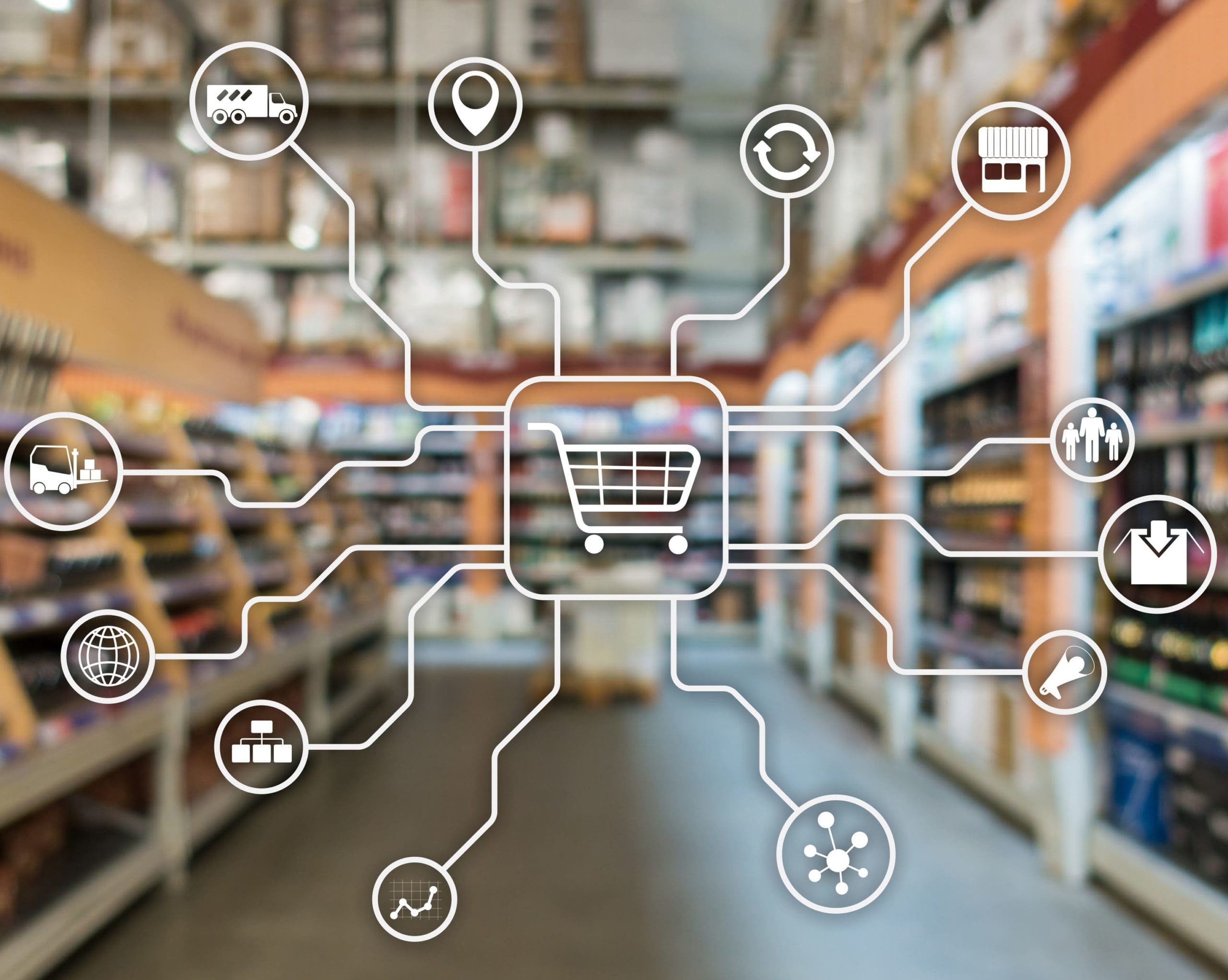In December of 2019, a mysterious illness was first reported in the city of Wuhan, Hubei Province in China. The cause of the disease was quickly confirmed to be from a new kind of coronavirus.
The virus has spread swiftly from this city of approximately 11 million people to the rest of the world. Each continent that is populated now has confirmed cases – over 120,000 people infected in more than 100 countries.
On March 11, the World Health Organization declared the virus that causes the illness now known as COVID-19, a pandemic.
How Does Coronavirus Affect Retailers?
Closer to home, there are more than 4150 COVID-19 cases in the US and over 375 in Canada. With cases growing in both countries, we at Rizing have been reviewing the impact on the retail sector in North America and expect the downturn to continue as the spread of the illness accelerates, and our retailers feel the pinch.
In China, at the height of its confirmed caseload, Adidas AG reported a revenue drop of 85% in the weeks between January 25 and February 28. Likewise, Under Armour reported a revenue drop of between $50 million to $60 million in the first quarter due to coronavirus.
Approximately 31% of apparel exports and 38% of world textile exports come from China. Many companies have shuttered production facilities for much of February or are operating with a skeleton staff.
The global pipeline that often originates in China feeds manufacturers and retailers around the world is at risk of emptying and businesses will be forced to stop or suspend operations. As the virus has spread globally, it is having a negative impact in other countries as well. In Italy, Fiat has closed its manufacturing facilities recently, in a bid to counter COVID-19.
The recommendations to stop the spread of the disease, such as social distancing, are also the types of behaviors that may result in a downturn in retail spending. Overall, some analysts believe that the protections put in place by governments will slow Consumer Personal Expenditures (PCE) to .3% in the second quarter and bring the whole year to 1.8% – the lowest growth rate in 7 years.
What We See on the Ground
Although 2020 has begun as a challenging year for retailers, some, such as Walmart, and Target Corporation, have seen an increase in sales – mostly driven by fear-based buying. This buying activity is not the norm – many of the continent’s leading retailers, such as Apple, Lululemon, Under Armour, and REI, are voluntarily closing or reducing hours at their stores.
At Rizing, we are working with all of our retail partners by continuing to discuss coronavirus and the importance of a resilient supply chain, one that can respond to a crisis by moving production to an alternate supply location. In the right scenario, this works whether the crisis has caused a reduction in available supply or increased consumer demand.
As the pandemic runs its course, omnichannel and online capabilities are becoming essential in the short- and medium-term as consumers stay close to home and self-quarantine while still needing everyday essentials.
Bottom Line
Rizing Consumer Industries has begun having more earnest discussions around consumer data and predictive analytics. Proactive retailers will recognize that their forecasted pricing will more than likely have to be adjusted and will need to rely on their consumer data to determine the price points best to put into place. Choosing the right product mix and pricing will be even more critical as we progress through 2020 and into the holiday season.
It is Rizing’s position that predictive analytics tools from SAP will enhance a company’s ability to make more effective planning and buying decisions. We recognize that this may be a difficult period for our partners but want to emphasize that it is essential for them to partner with the right group and review the correct tools and infrastructure. That will not only soften the blow of coronavirus but put their business in the best position for growth.

